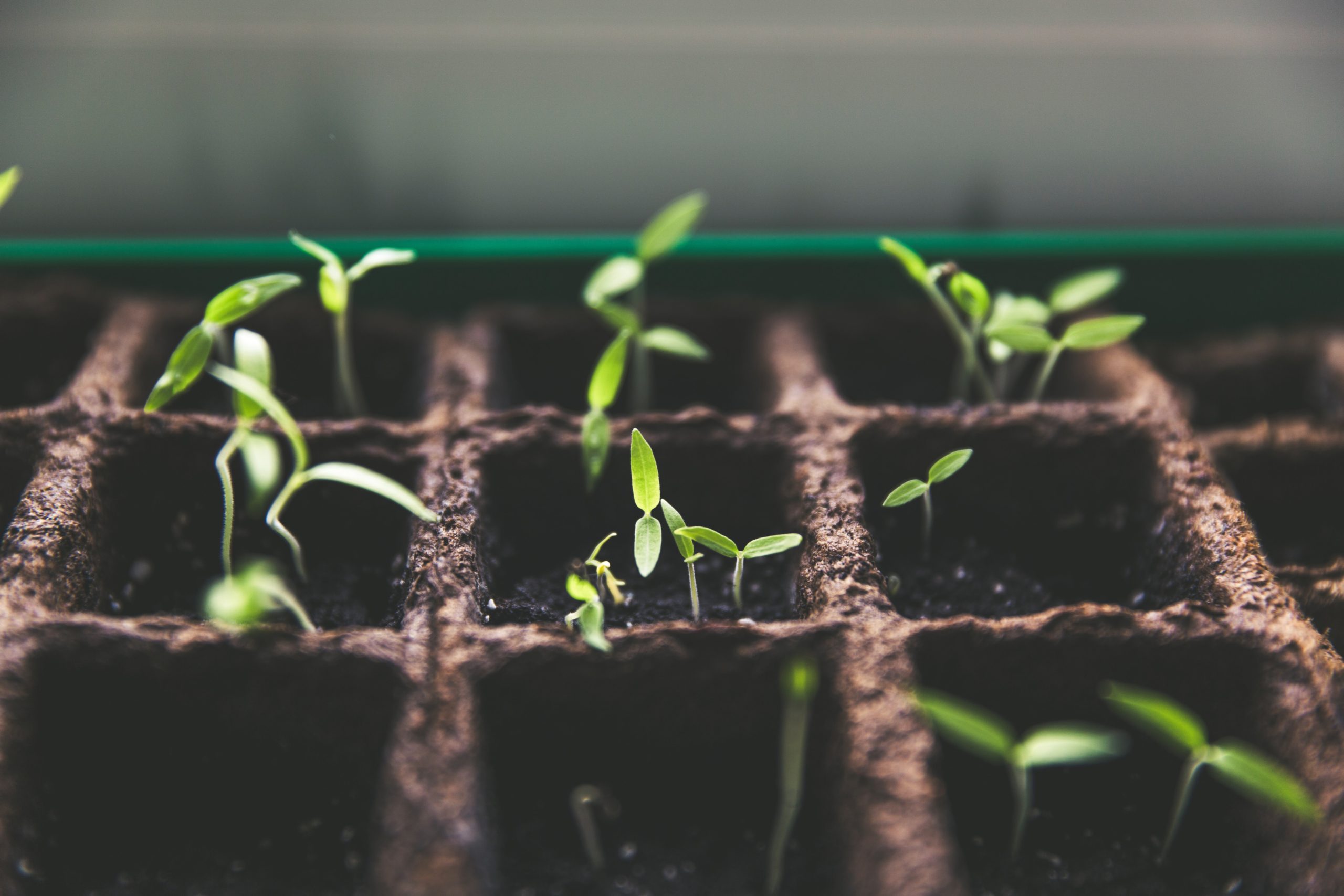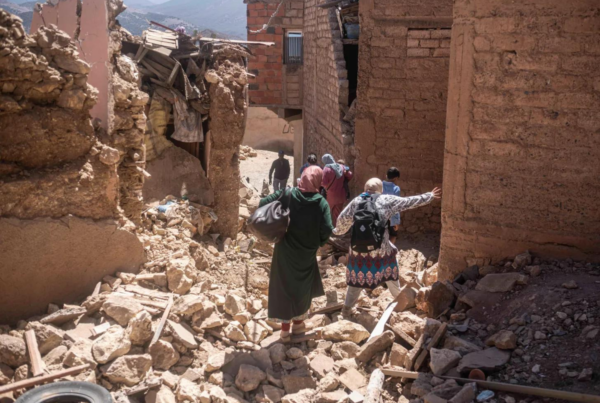
This article was originally published by Alliance Magazine on September 28, 2021, authored by Deval Sanghavi, Partner and Co-founder, Dasra. Read the original article here. View the full collection of articles about the 2021 Innovations in International Philanthropy Symposium here.
—
While many in North America and Europe have had the privilege of being double vaccinated, and schools and offices are slowly reopening making individual feel like the worst is now behind them, it was clear from over 90 global speakers participating in the Innovations in International Philanthropy Symposium – co-hosted by New England International Donors and The Philanthropic Initiative – that the situation for the majority of the world is nowhere close to pre-COVID times; unfortunately the impact COVID continues to have on communities will remain for the next 3-5 years.
In India for example, 230 million people were pushed back into poverty in 2020, and this is not taking into account the damage caused by the Delta variant where Delhi’s never-ending funeral pyres were showcased across the world in April 2021. Schools have been closed for the past 1.5 years with only 8% of children in rural India studying online regularly. Livelihoods, healthcare, education, and food security have all taken massive hits and the situation is not improving anytime soon. This was a common theme heard throughout the 36 sessions during the 4-day conference across all geographies with the most vulnerable communities being pushed even further to the margins.
We need to put far greater trust in local NGOs and communities enabling them to be nimble, responsive and resilient. For example, Kenneth Mugumya, Last Mile Health’s Uganda Program Director stated, ‘There is no question that the community health worker is the doctor of a village. And we need to give that community health worker the respect, the needed remuneration & the needed equipment for them to actually do their job right’. Neelam Chibber, Industree, stated that resilience funding cannot be temporary or topical but it has to be sustained to ensure communities and systems become shock-proof from future crises.
This requires a different form of funding, one that is flexible, long-term and covers the real costs required for an organisation to pivot, pilot and innovate new programs which meet the community’s ever-changing needs due to COVID. This means thinking twice about sending oxygen concentrators to countries where they reach months later, and where there isn’t the manpower and the training required to run these machines; matters are further complicated when the concentrators have different electric voltage consumptions. Instead, one should provide flexible funding to local organisations allowing them to make decisions as and when required. It means that the Council on Foundations’ Philanthropy’s Commitment During COVID-19 Pledge needs to continue till COVID-19 no longer exists.
That is why Dasra alongside Tarsadia Foundation is converting the BackTheFrontline campaign – which since May 2021 has already committed $10M of funding to 150 local NGOs across India – into a 5-year resilience fund supporting proximate leaders with flexible funding, giving them the power to serve meaningfully, and giving them the respect they deserve to run their organisations as they see fit. While many funders claim to have a sense of urgency, let us not forget that NGO leaders, many with lived experiences did not wait till they made their first million or billion, did not wait till their children graduated college, did not wait till they had funding in place; their sense of urgency started when they decided to right the wrongs they saw in front of them and trusted the communities they serve to be part of the solution. It is time, especially during COVID, that donors learn from these impatient leaders and urgently change the way funds are disbursed to allow for communities to survive and possibly even thrive in these next few years.
—
Photo by Markus Spiske on Unsplash


